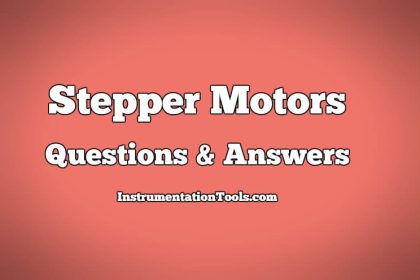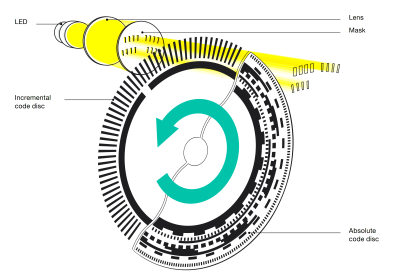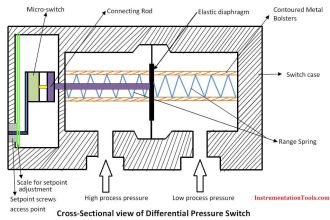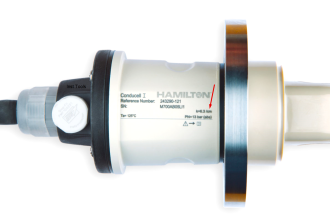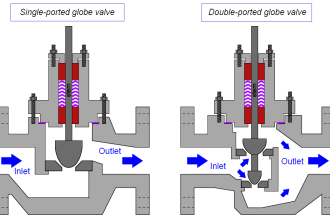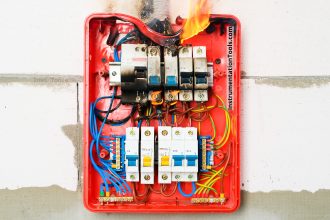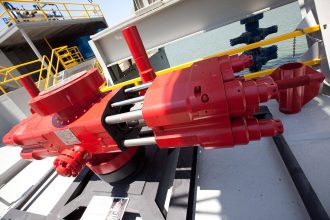Why is transformer flux constant?
When a load is connected to a transformer current (say I2) flows through secondary coil thus an M.M.F (N2I2) is produced, this produces the secondary flux. This flux reduces the main flux induced in the primary & also reduces E.M.F E1 in the primary. As a result more current is drawn from the supply. This additional current drawn is due to the load component I2’ .This I2‘ is anti-phase with I2.This I2‘ sets a flux which opposes the secondary flux & helps the main flux. The load component flux neutralises the secondary flux produced by I2 .The M.M.F N1I2balances N2I2.Thus the net flux is always at constant level
Give an example where transformer is used in DC applications
Transformer never work on DC .but it is
Why an induction motor is called a rotating transformer?
The rotor of an induction motor receive electric power by induction in exactly the same way as the secondary of a 2-winding transformer receives its power from the primary. Thus an induction motor can be treated as a rotating transformer i.e. one in which primary winding is stationary but the secondary is free to rotate.
Why is transformer rating in KVA?
Copper loss of a transformer depends on current and iron loss on voltage. Hence, total transformer loss depends on volt-ampere (VA) and not on phase angle between voltage and current i.e. independent of load power factor. That is why rating of transformers is in Kva and not in Kw.
How do we specify the rating of a transformer?
Transformer rating is specified in Kilovolt-Ampere (KVA)
What are the cooling methods to cool a transformer?
The cooling methods are:
- Oil filled self cooled
- Oil filled water cooled
- Air blast type
What is Scott- connected transformer?
A Scott-T transformer (also called a Scott connection) is a type of circuit used to derive two-phase electric power (2-φ, 90-degree phase rotation) from a three-phase (3-φ, 120-degree phase rotation) source, or vice-versa. The Scott connection evenly distributes a balanced load between the phases of the source.
Does the transformer draw any current when its secondary is open?
Yes, no-load primary current
Is Cu loss affected by power factor? Why?
Yes, Cu loss varies inversely with power factor
Cu loss depends on current in the primary and secondary windings. It is well-known that current required is higher when power factor is lower.
What are Instrument Transformers?
Current Transformer and Potential Transformer are Instrument transformers.
Current Transformer (CT) is a step-up transformer which steps down the current to a known ratio. The primary of this transformer consists of one or more turns of thick wire connected in series with the line. The secondary consists of a large number of turns of fine wire and provides for the measuring instruments and relays a current which is a constant fraction of current in the line
Potential Transformer (PT) is a step down transformer and steps down the voltage to a known ratio. The primary of this transformer consists of a large number of fine wire connected across the line. The secondary winding consists of a few turns and provides for measuring instruments and relays a voltage which is a known fraction of the line voltage.

